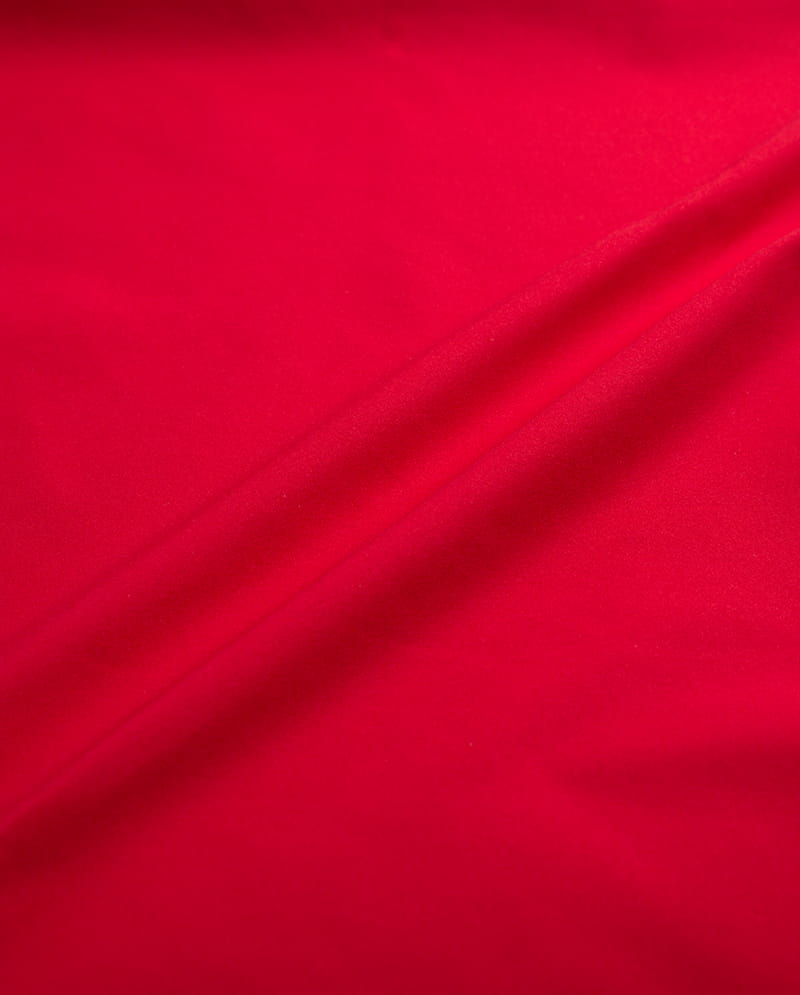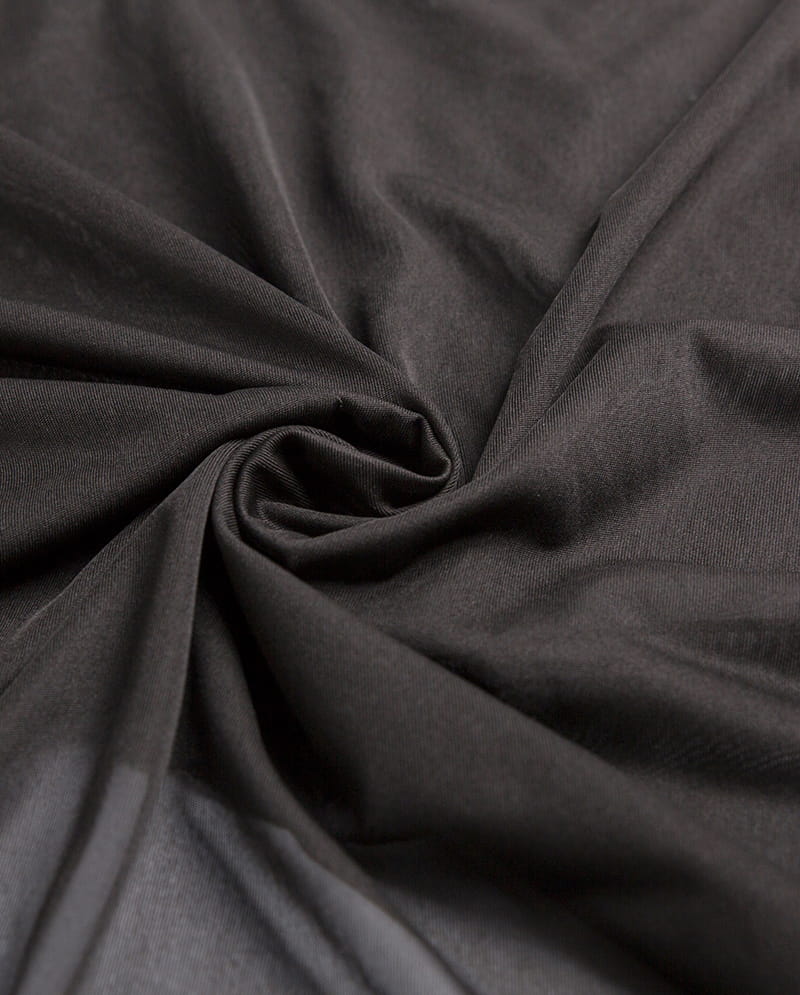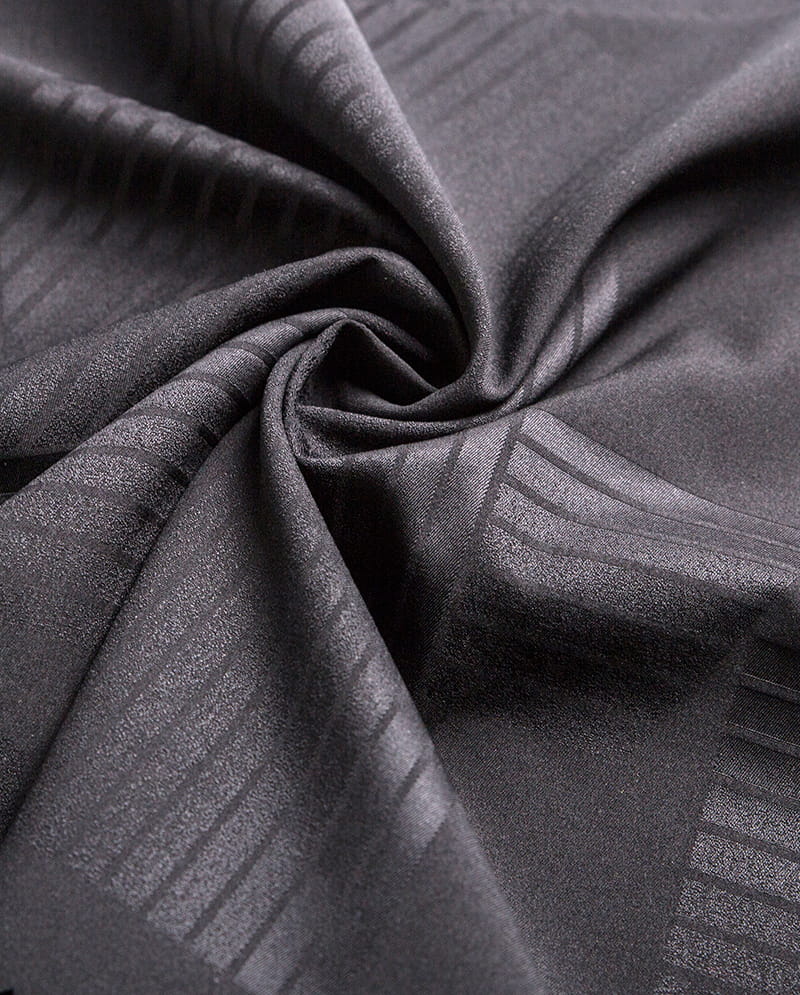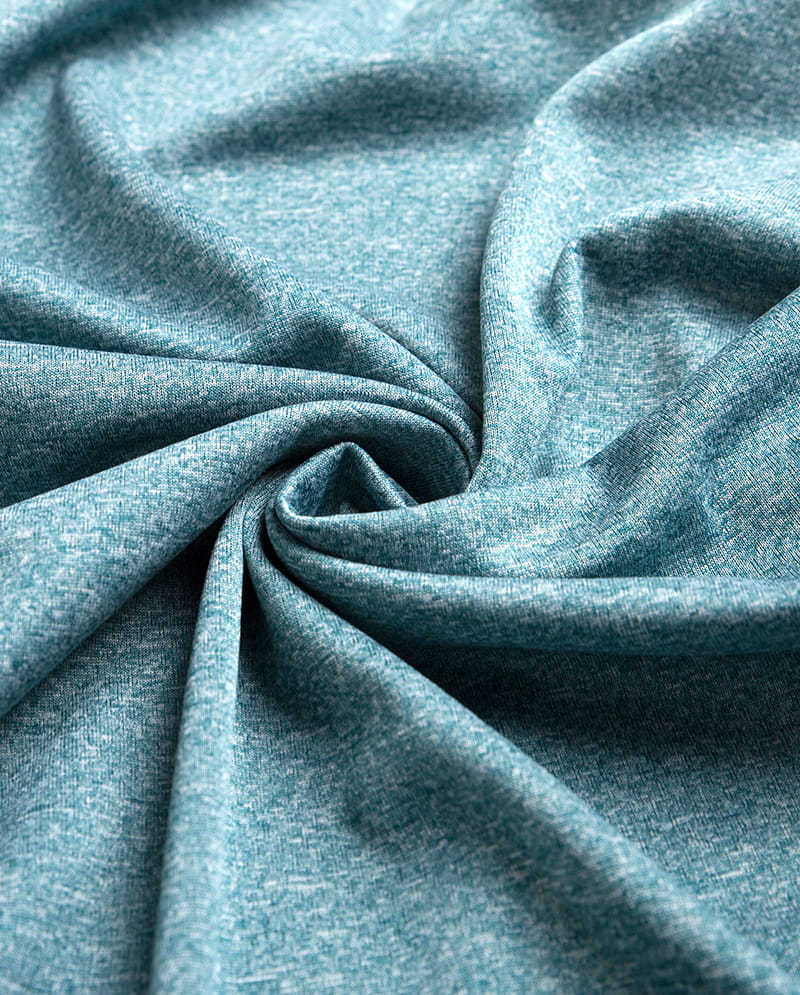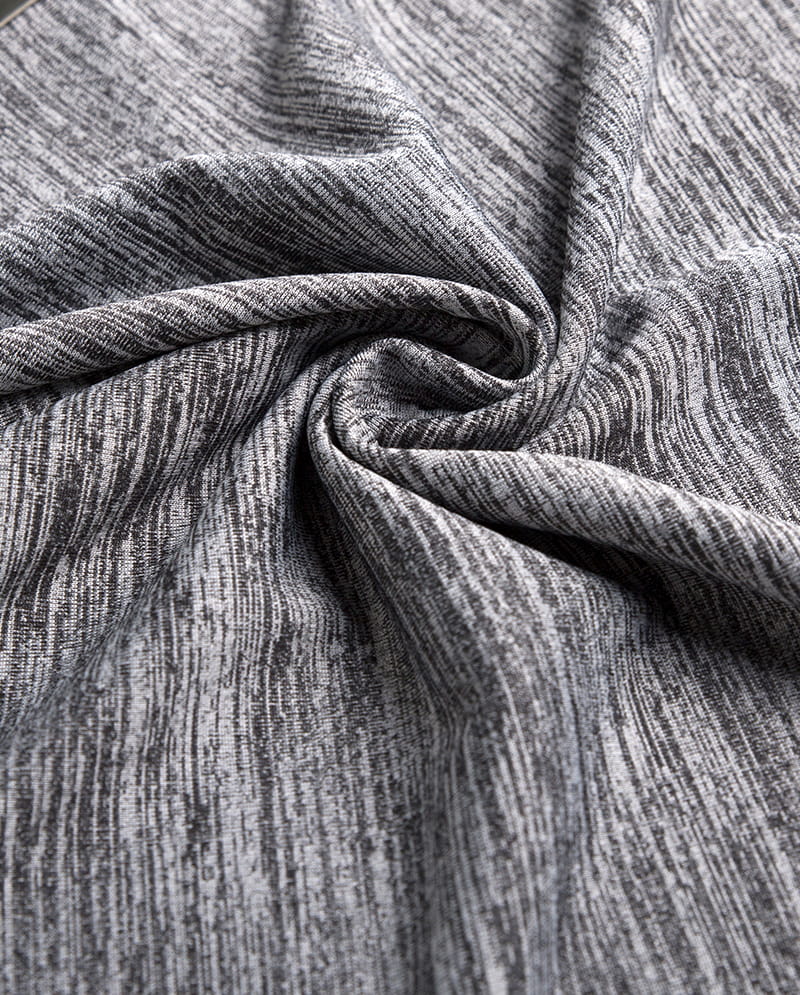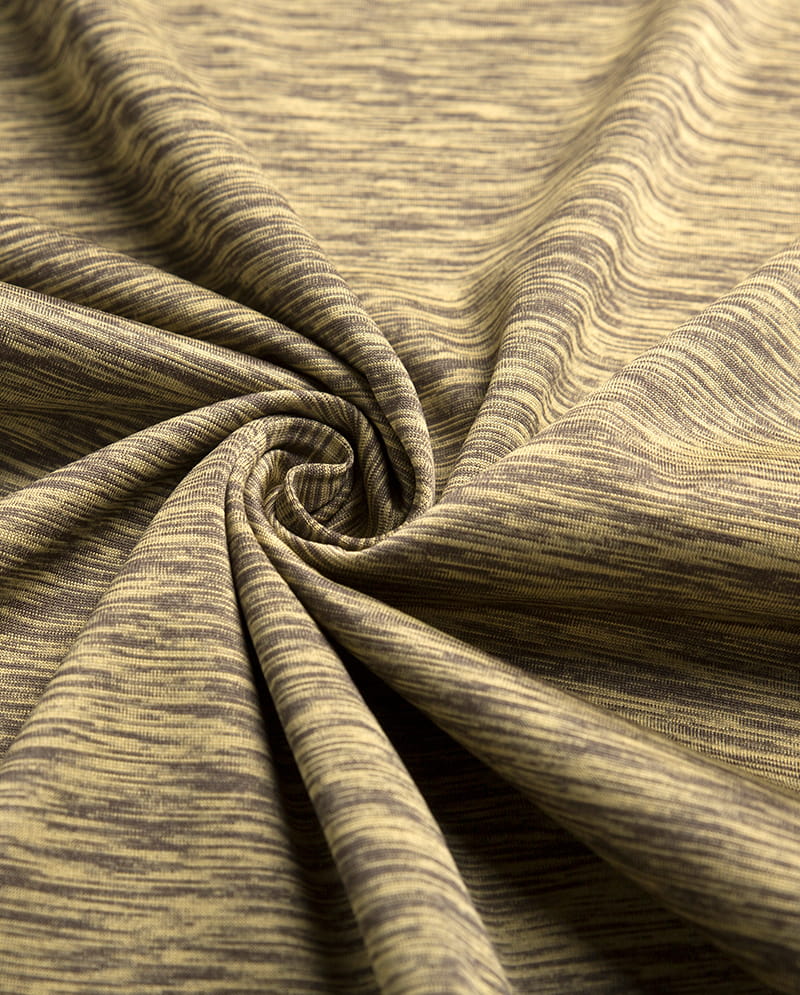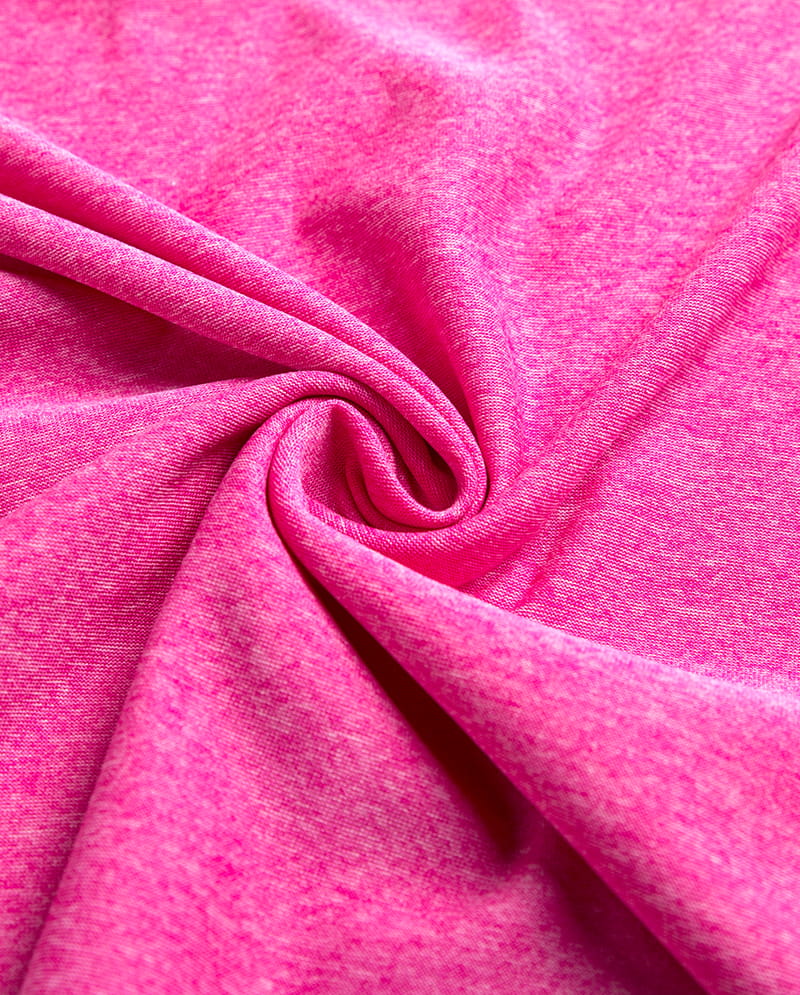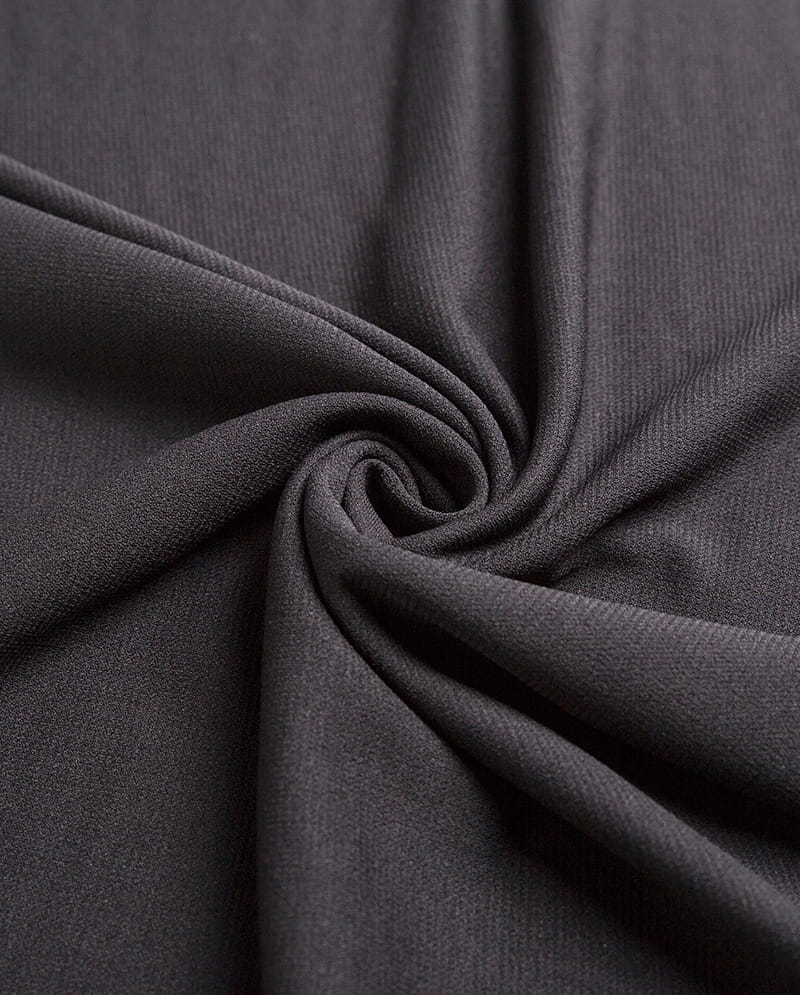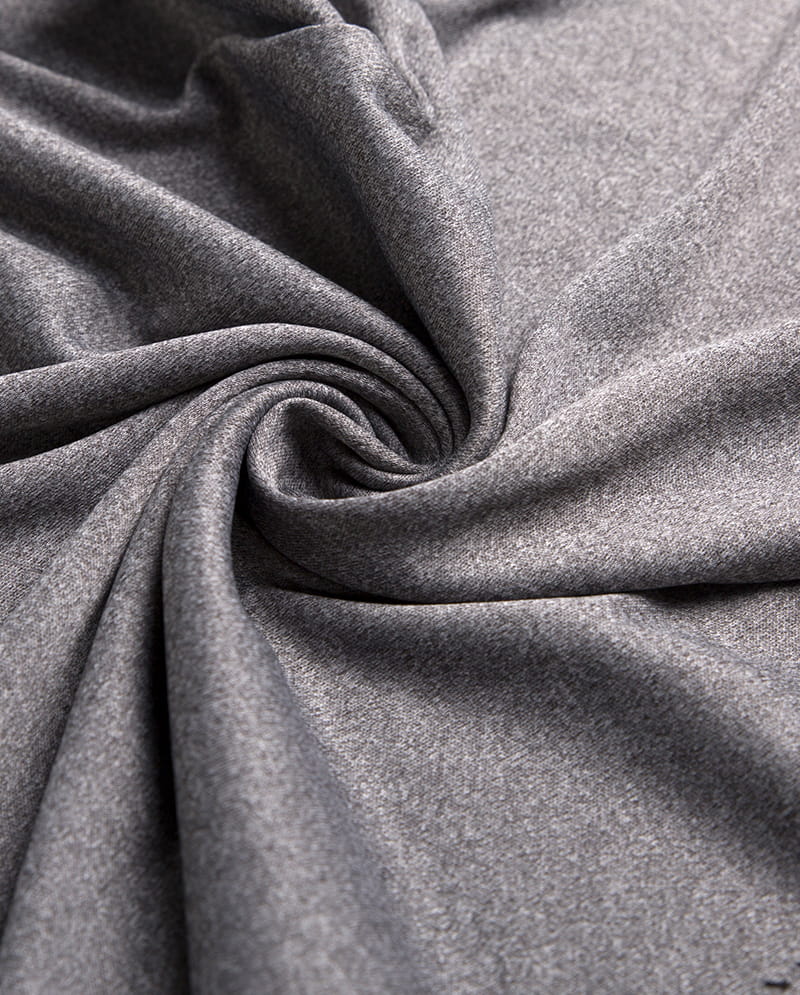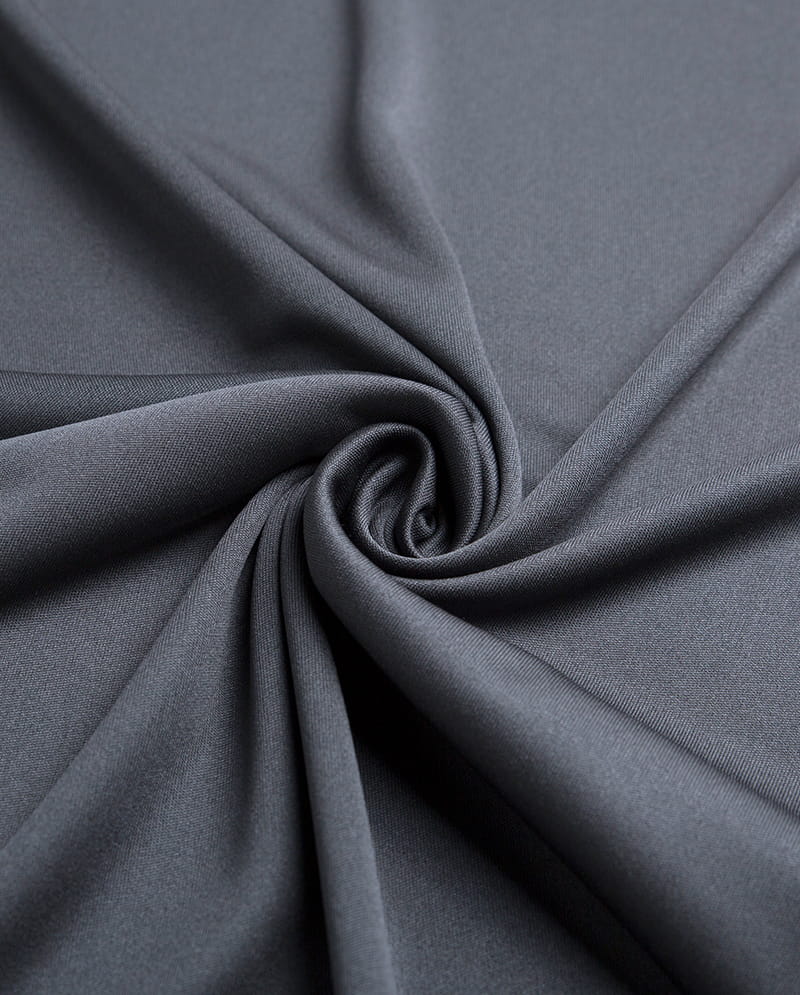How stretchable is knitted fabric?
Author: admin / 2023-09-08
The stretchability of knitted fabric can vary widely depending on several factors, including the type of knitting stitch, the fiber content of the yarn, and the construction of the fabric. However, knitted fabrics are generally known for their inherent stretchiness and elasticity. Here's an overview of their stretchability:
Two-Way Stretch: Most knitted fabrics exhibit a two-way stretch, meaning they stretch both horizontally (across the width) and vertically (along the length). This property allows the fabric to conform to the body's movements and provides a comfortable fit.
Elasticity: Knitted fabrics have a natural elasticity, which means they can stretch when pulled and then return to their original shape when the stretching force is released. This elasticity is due to the way the loops of yarn are interlocked during the knitting process.
Different Stretch Levels: The degree of stretch in knitted fabrics can vary widely. Some knitted fabrics, like rib knits, have more stretch than others, like jersey knits. The type of knitting stitch and the yarn used play a significant role in determining the fabric's stretchiness.
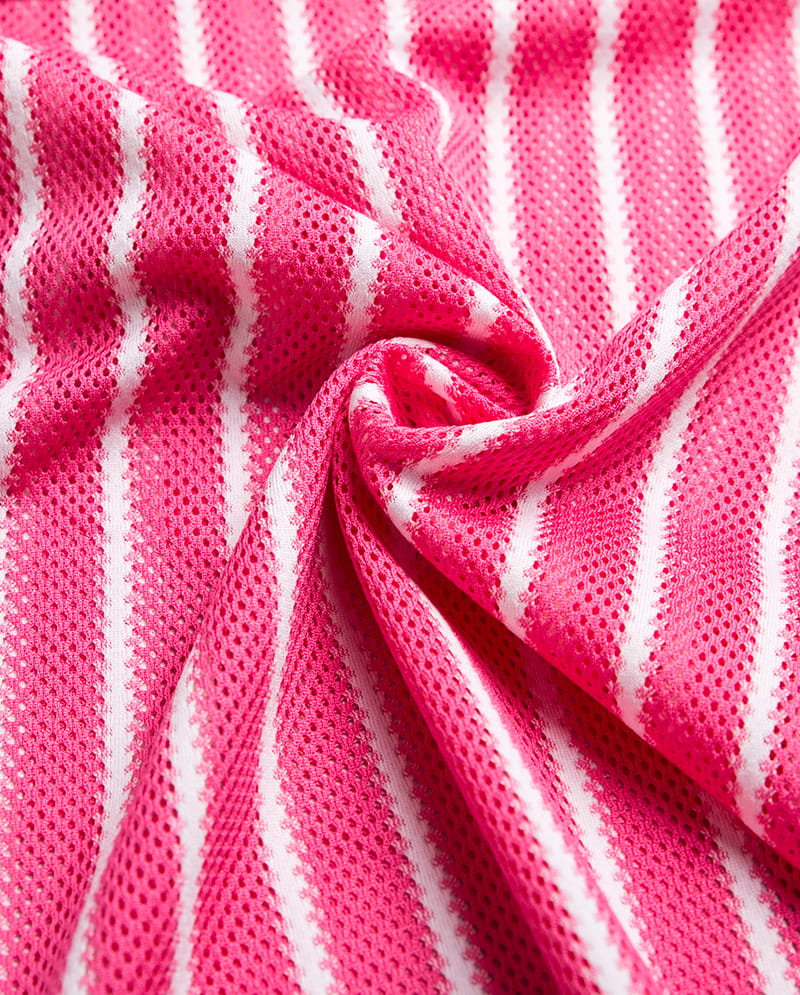

Fiber Content: The type of fiber used in the yarn can influence the stretchability of knitted fabric. Natural fibers like cotton and linen tend to have less stretch compared to synthetic fibers like elastane (spandex), which are added to increase stretch.
Knitting Technique: The knitting technique employed, such as plain knitting, purl knitting, or specialized stitch patterns like cables or lace, can impact the stretchability and texture of the fabric.
Gauge: The gauge or tension at which the fabric is knitted also affects its stretch. Looser knitting results in more stretch, while tighter knitting reduces stretch.
Blends: Many knitted fabrics are made from yarn blends that combine different types of fibers to achieve a balance of stretch, softness, and durability.
The stretchability of knitted fabrics makes them highly suitable for applications where flexibility, comfort, and a snug fit are desired. Common uses include sportswear, activewear, underwear, socks, and garments that require ease of movement. However, the exact degree of stretch can vary from one knitted fabric to another, so it's essential to consider the specific requirements of a project when selecting a knitted fabric.

 English
English 中文简体
中文简体